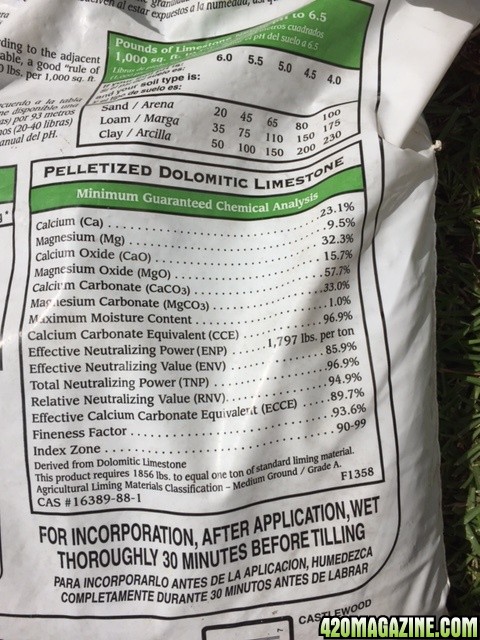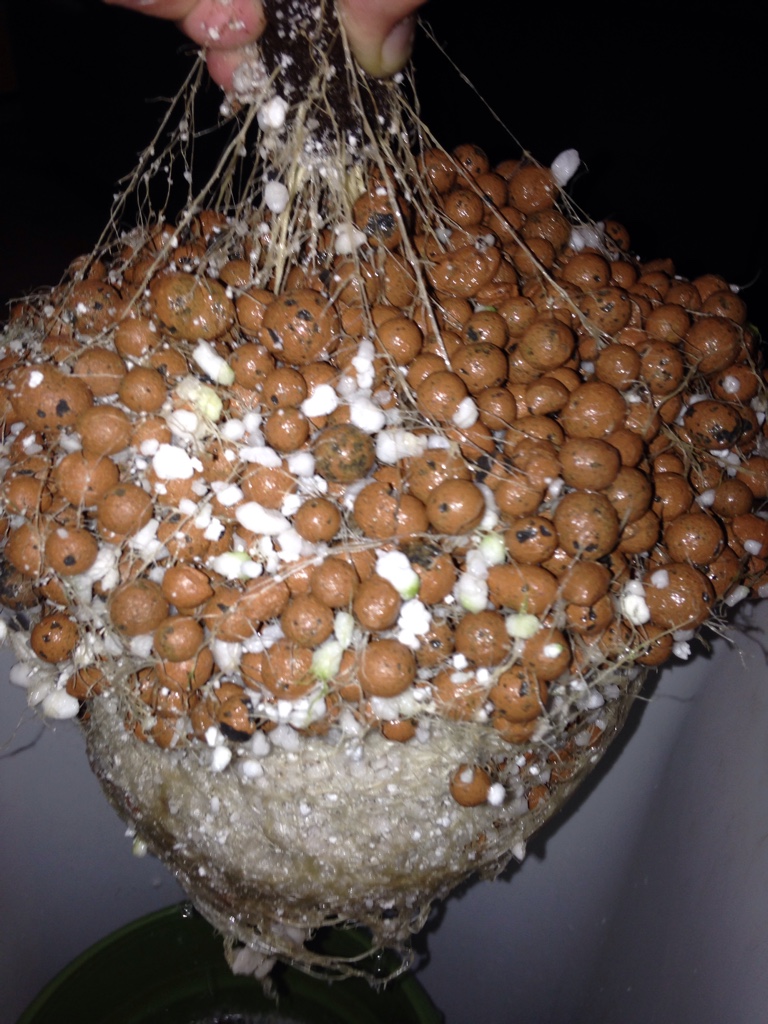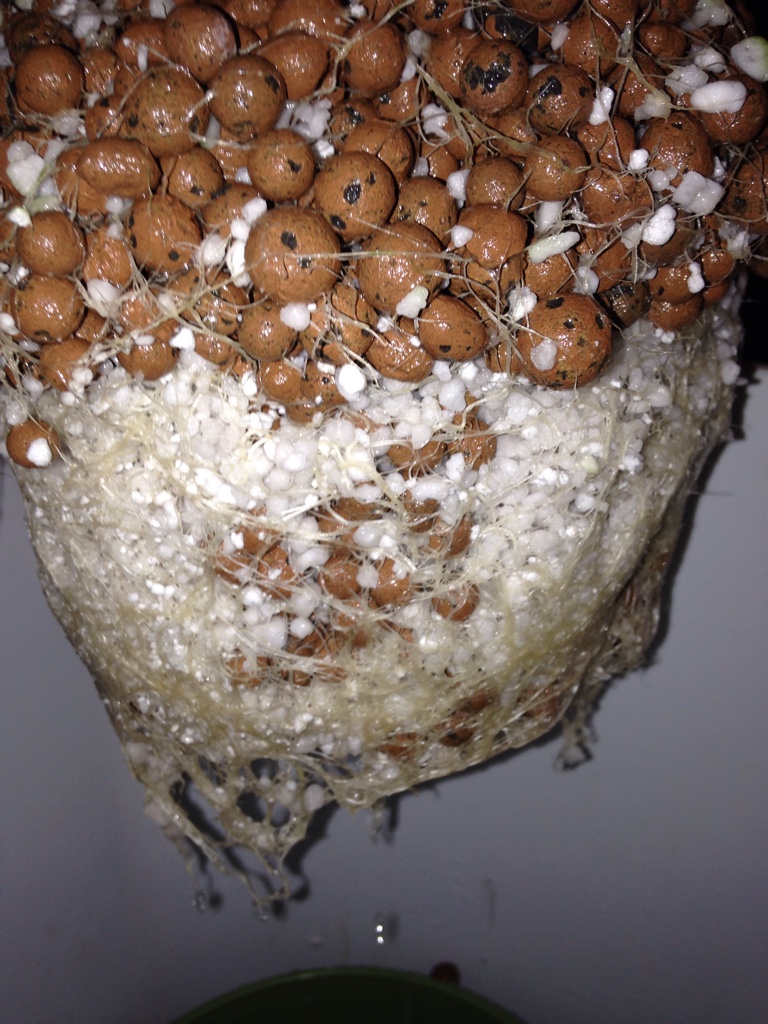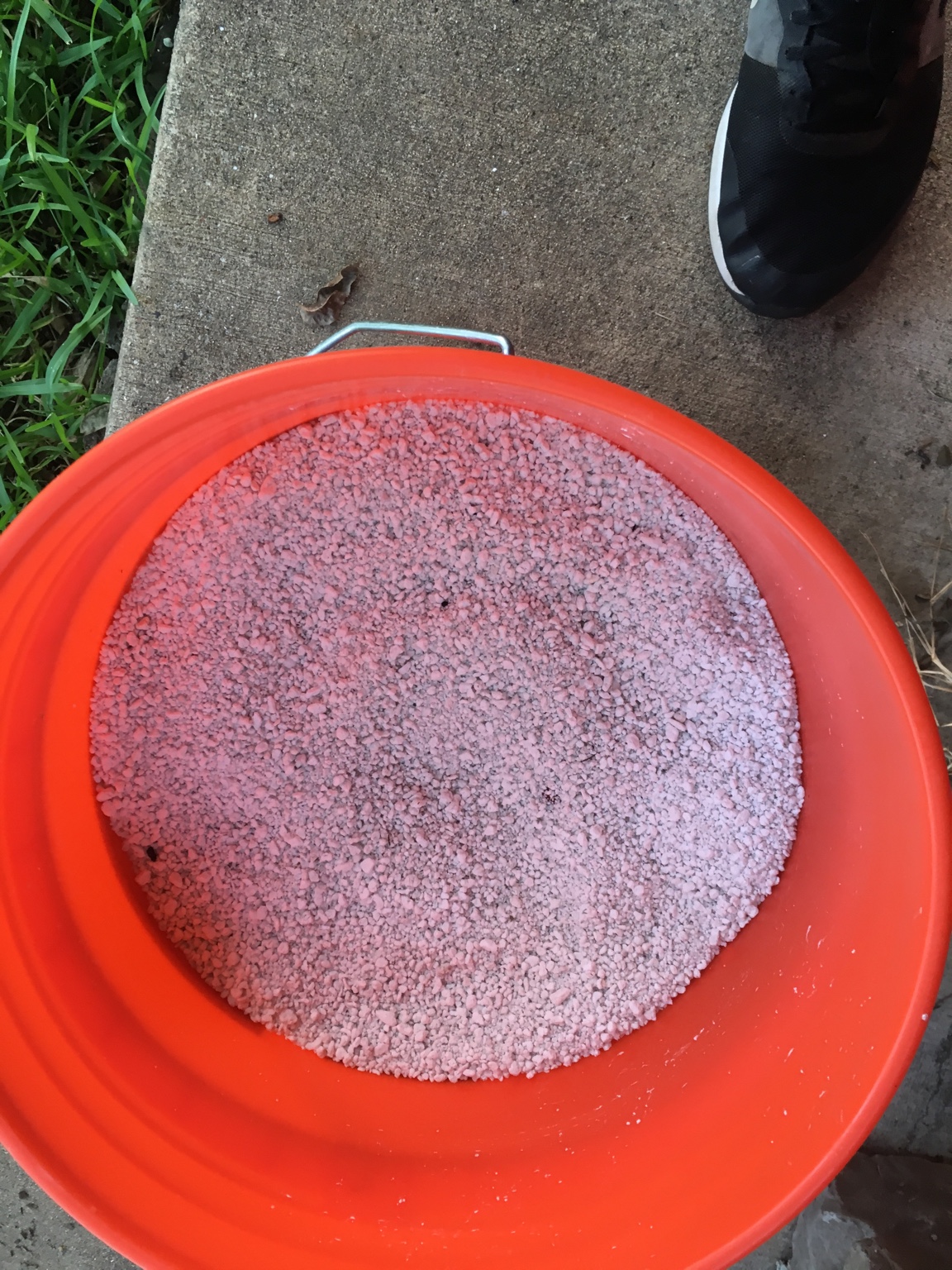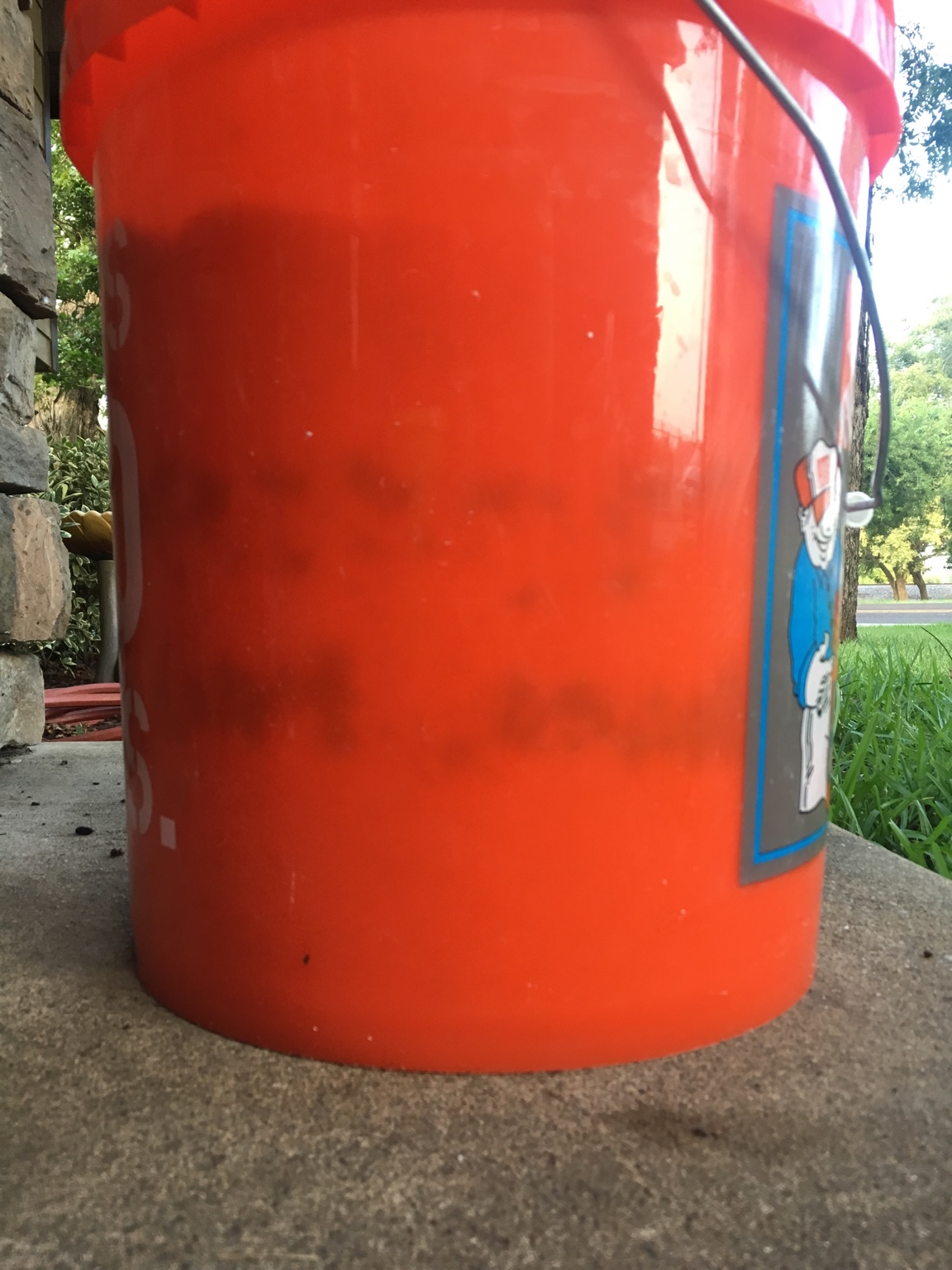Let's see.... lots of words about perlite and other various mediums 'round here.
I'm in a very hot/humid world and perlite alone has worked well for me.
You've mentioned a thing that is
very important for all of us to remember. We don't all live in locations that have exactly the same set of environmental/climate conditions. That's obvious.
And it means that what works great for you might work poorly for me - and not at all for someone else. Take the process of rooting a cutting, for example. I never had to learn how easy it is, because I grew up watching Mom (who can kill a plant almost as fast as a fluoride spray, lol) simply cut a piece off of any random plant that she wanted to grow and drop it into a glass of water, then set it on the kitchen window sill and ignore the thing (aside from an occasional water change for the slow ones) until it had roots. I know that the best way to get a cutting to root is to "encourage" it to seek water. So no humidity domes for me. No standing there with a spray bottle, constantly misting the thing. No constantly wet soil. IOW, "ROOT - not rot." I like to let a fresh cutting wilt pretty good before I even stick it in medium (which, these days, is simply the cup of soil/perlite that it'll spend its first two or more weeks growing in) - that way, I get to see the thing almost immediately stand back up when the stem-end absorbs a little moisture. I water my rooting clones... when they wilt again. Then they stand at attention - again. I place them... wherever is handy. I shy away from windowsills with cannabis cuttings. But anywhere that has some light. My bathroom cabinet has a two-bulb fixture above it, and I can easily fit three 18-ounce Solo cups on top of the cabinet. Or on the floor (if it's not Winter) of the grow area, receiving however much light makes it through/past the other plants. I once put one on the coffee table in my living room as an experiment - and it rooted. Simple, yes?
But if a person lives in the dessert and their average relative humidity is 6%, it is conceivable that the cutting may lose moisture faster than it can absorb more. If they're in, IDK, Alaska then they might need a "cloning mat" (or a heating pad) to provide gentle warmth from below. Et cetera.
If you need another grinder, I can help you with that.
NEED? These days, I mostly buy coffee based on price. But I still occasionally try to purchase good, rich, organically-grown beans once in a while.
I was just looking at the grinder yesterday thinking "this needs a new home."

I found myself thinking the same thing as I was
looking in the mirror 
. But I'll be staying here as long as I can, as long as family needs me to be here.
I would be likely to use a coffee grinder from time to time, so your offer is much appreciated. There is no reason to be in any hurry, though. My fancy coffee contraption has been in a box in the attic for quite a while. But I do still favor my 30-year old percolator over a drip, so the ability to grind a little coarser is nice.
Thank you.
TS, you make it real challenging to find the post worthy of the reps.
LOL. A person could end up taking that comment the wrong way

.
Rest assured, dear lady, that a mere kind word from you is more than adequate recompense for any benefit that I may have given.
80 lbs of dolomite lime gave Jim all the exercise he needed this morning
I once worked in a hardware store and I
hated unloading bags of lime from the truck. Some of the "concrete" type products were heavier - but there always seemed to be at least one leaky bag of lime, and they must take special care to put that one on top of the stack so that they all have lime powder on them. Which meant I always had it all over me after unloading. And I was invariably sweaty, which didn't exactly help...
Anyone know why this seedling is taller than the rest and has broader leaves? I'm thinking it's a male, but can you know for sure at this stage?
If both seedlings' phenotypes were
identical (which seems to be less and less the norm these days :icon_roll ) - but I suspect they aren't, as the leaf shape is not exactly the same - then... Well, it does seem to be true that,
statistically, over a LARGE population, that males can have an initial growth spurt. Which makes sense, because they supply the pollen that fertilizes the herd. But this is like saying that, statistically you are likely to get heads 50% of the time when you flip a coin - even if you've just flipped the coin 99 times and it came up heads every time, your actual odds of getting heads when you flip it one more time are still 50:50.
BtW, I seriously doubt that the sex of a normal (IOW, not "feminized") cannabis plant are 100% determined at a very, very young age. I'd guess that they've just entered the period during which this takes place - and that environmental, lighting, and nutrient conditions over the next two or three weeks will lock in those seedlings' sex.
Thank you. Thank you both.
Aww, you're going to cause my head to swell up, lol.
Tead can surely appreciate some laziness! You could call it KISS, but I'm more of a fan of lazy.
My brother calls it "Work smarter - not harder."
Many of us clone the clones of moms which were once seed children. I've read that vigor and overall health may decline
I feel this to be unlikely, at least in the short term time frame that most of us would be concerned with. It might be that the cannabis mother plant that your great-grandmother started and which has continued via clones is not quite as vigorous as the original mother was, lol. But even then, I'd be somewhat skeptical. Care (or lack thereof) might play a part more than anything.
There are species of plants in nature that only exist today because of cloning. I'm not talking about professionals deciding to save a species, either. I mean in the wild.
Wikipedia said:
Pando (Latin for "I spread"), also known as the Trembling Giant, is a clonal colony of a single male quaking aspen (Populus tremuloides) determined to be a single living organism by identical genetic markers and assumed to have one massive underground root system. The plant is estimated to weigh collectively 6,000,000 kilograms (6,600 short tons), making it the heaviest known organism. The root system of Pando, at an estimated 80,000 years old, is among the oldest known living organisms.
Pando is located 1 mile (1.6 km) southwest of Fish Lake on Utah's Route 25, in the Fremont River Ranger District of the Fishlake National Forest, at the western edge of the Colorado Plateau in south-central Utah, United States.
Older than modern human civilization by far.
Sadly:
Wikipedia said:
Pando is currently thought to be dying. Though the exact reasons are not known, it is thought to be some combination of drought, insects and disease. The Western Aspen Alliance has been studying the tree in an effort to save it, and the U.S. Forest Service is currently experimenting with several 5-acre (2 ha) sections of it in an effort to find a means to save it.
It's not something I'd worry about.





 . But I'll be staying here as long as I can, as long as family needs me to be here.
. But I'll be staying here as long as I can, as long as family needs me to be here.


